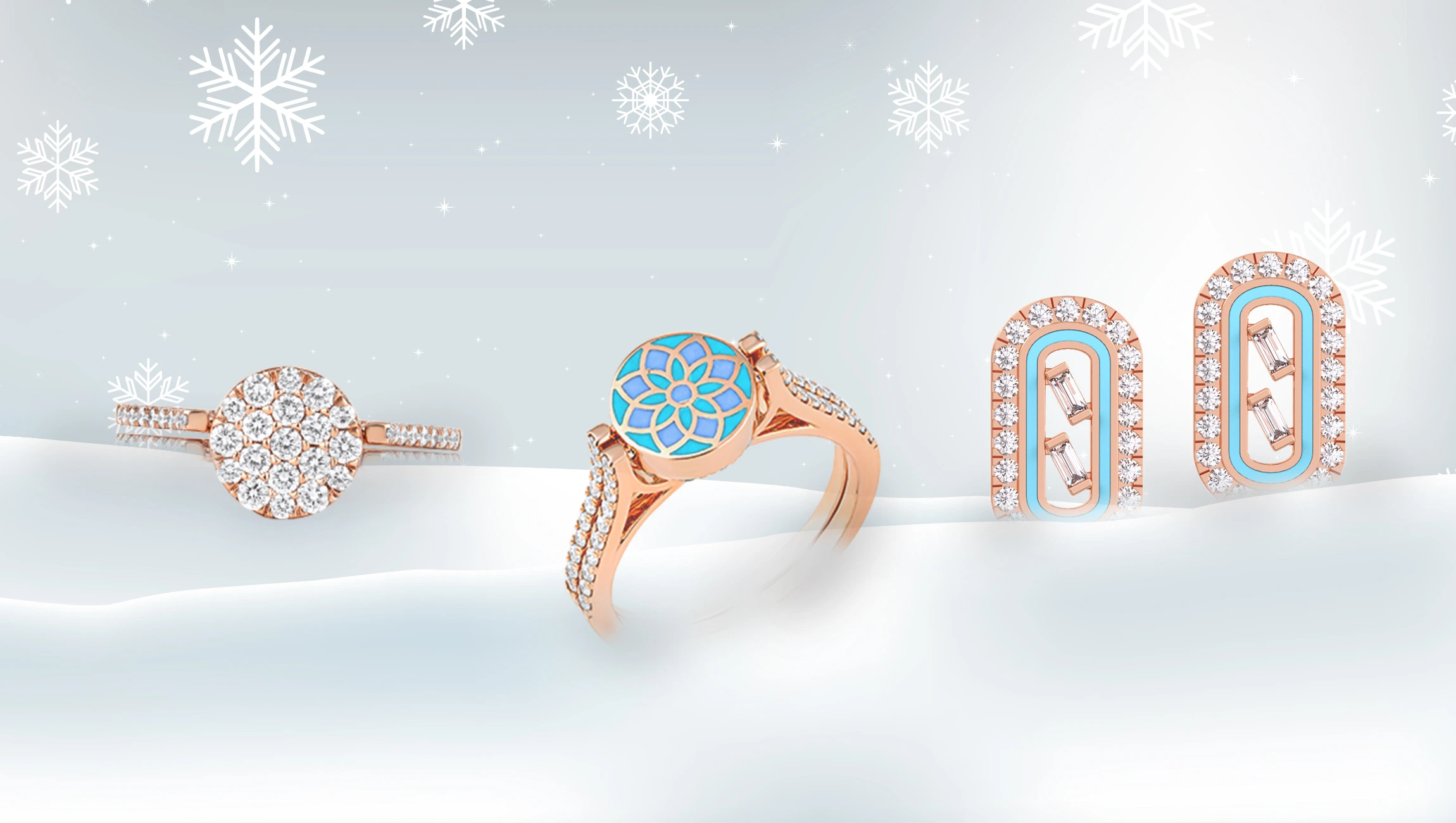Buying a diamond is a significant investment, both emotionally and financially. With the rise of lab-grown diamonds as an alternative to mined diamonds, shoppers now have more options than ever. But before diving into the world of lab-grown diamonds, it’s essential to understand what they are, their benefits, how to choose the right one, and where to buy them.
Diamonds have long been prized for their beauty and durability. Traditionally, diamonds were mined from the earth, a process that often raised ethical and environmental concerns. However, recent advancements in technology have led to the creation of lab-grown diamonds, offering consumers a sustainable and ethical alternative.
What Are Lab-Grown Diamonds?
Definition and Explanation
Lab-grown diamonds, also known as synthetic or cultured diamonds, are diamonds that are created in a laboratory setting rather than mined from the earth. Despite being grown in a lab, these diamonds have the same physical, chemical, and optical properties as natural diamonds.
How They’re Made
In the HPHT method, a small diamond seed is placed in a chamber with carbon and subjected to extreme pressure and heat, causing the carbon to crystallize around the seed, forming a larger diamond. In the CVD method, a carbon-rich gas is heated to create plasma, which then deposits carbon atoms onto a substrate, forming a diamond crystal layer by layer.
Benefits of Lab-Grown Diamonds
Ethical and Environmental Considerations
Unlike mined diamonds, which often involve harmful mining practices and contribute to deforestation and habitat destruction, lab-grown diamonds have a minimal environmental impact and are produced ethically in controlled laboratory environments.
Cost Comparison
On average, lab-grown diamonds are 20-40% less expensive than mined diamonds, making them a more affordable option for consumers without compromising on quality or beauty.
Quality and Certification
Grading Standards
Lab-grown diamonds are graded using the same criteria as natural diamonds, including the four Cs: cut, color, clarity, and carat weight. Independent gemological laboratories such as the Gemological Institute of America (GIA) and the International Gemological Institute (IGI) provide certification for lab-grown diamonds, ensuring their quality and authenticity.
Certification Agencies
When purchasing a lab-grown diamond, it’s essential to look for certification from reputable agencies such as the GIA or IGI to guarantee its quality and value.
Types of Lab-Grown Diamonds
Lab-grown diamonds come in a variety of shapes, sizes, and colors, offering consumers a wide range of options to choose from. From classic round brilliants to fancy colored diamonds, there’s a lab-grown diamond to suit every taste and style. buy online lab grown diamond rings.
Market Availability
Lab-grown diamonds are becoming increasingly popular and are readily available from a growing number of retailers both online and in physical stores. With the rise of e-commerce, consumers now have more options than ever when it comes to purchasing lab-grown diamonds.
Choosing the Right Lab-Grown Diamond
Factors to Consider
When choosing a lab-grown diamond, there are several factors to consider, including the diamond’s cut, color, clarity, and carat weight, as well as your budget and personal preferences.
Comparison with Natural Diamonds
While lab-grown diamonds offer many advantages, they may not be for everyone. Some consumers prefer the prestige and rarity of natural diamonds, while others appreciate the ethical and environmental benefits of lab-grown diamonds. Ultimately, the choice between the two comes down to personal preference and values.
Where to Buy
Online Retailers
There are many online retailers that specialize in lab-grown diamonds, offering a wide selection of stones at competitive prices. Some popular online retailers include Brilliant Earth, James Allen, and Ada Diamonds.
Physical Stores
In addition to online retailers, many brick-and-mortar jewelry stores now carry lab grown diamonds, allowing consumers to view and compare stones in person before making a purchase. It’s essential to choose a reputable retailer with knowledgeable staff who can help guide you through the buying process.
Price Comparison
Factors Affecting Price
The price of a lab-grown diamond can vary depending on several factors, including its size, quality, and origin. Larger stones with higher grades of cut, color, and clarity will typically command higher prices.
Average Cost Comparison
On average, lab-grown diamonds are 20-40% less expensive than mined diamonds of comparable quality. However, prices can vary depending on the retailer and market conditions, so it’s essential to shop around and compare prices before making a purchase.
Customer Reviews and Testimonials
Before buying a lab-grown diamond, it’s a good idea to read customer reviews and testimonials to see what others have to say about their experiences with the retailer and the quality of their diamonds. Websites like Trustpilot and Yelp can be valuable resources for gathering this information.
Common Misconceptions
Quality Concerns
One common misconception about lab-grown diamonds is that they are of inferior quality to natural diamonds. In reality, lab-grown diamonds are identical to natural diamonds in terms of their physical, chemical, and optical properties and are held to the same rigorous standards of quality and craftsmanship.
